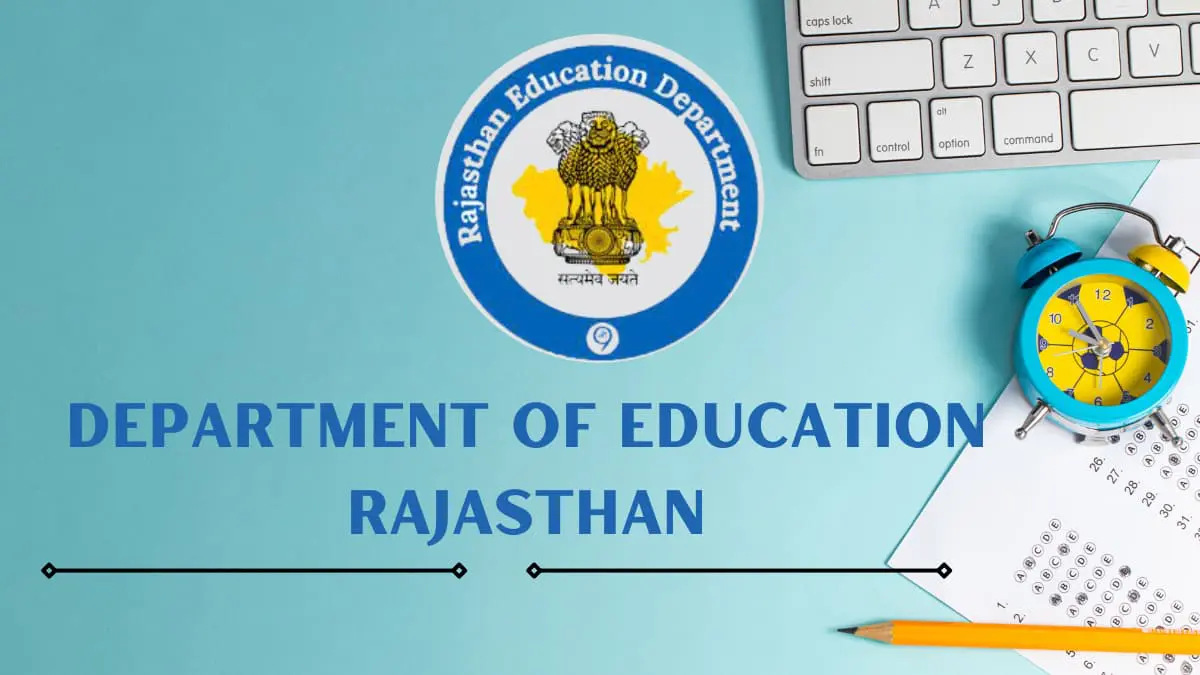
RBSE Class 10 Science Practice Paper (Term 2)

RBSE Class 10 Science Practice Paper (Term 2)
Instructions:
- This paper is divided into three parts: A, B, and C.
- All questions are compulsory.
- Answer all questions in blue or black ink only.
- Use of white correction fluid or blade is not allowed.
- You have 3 hours to complete the paper.
Part A (Multiple Choice, 30 marks)
- Which of the following is NOT a characteristic of living organisms? (a) Movement (b) Nutrition (c) Growth (d) Artificial production
- The process of breakdown of large, complex molecules into smaller, simpler molecules is called: (a) Photosynthesis (b) Respiration (c) Digestion (d) Transpiration
- The main components of blood are: (a) Plasma and red blood cells only (b) Plasma, red blood cells, and white blood cells (c) Plasma, red blood cells, white blood cells, and platelets (d) Red blood cells and white blood cells only
- The hormone responsible for the development of secondary sexual characteristics in females is: (a) Insulin (b) Thyroxine (c) Estrogen (d) Testosterone
- The metal that is a liquid at room temperature is: (a) Iron (b) Copper (c) Mercury (d) Gold
- The element that is essential for the formation of bones and teeth is: (a) Sodium (b) Calcium (c) Potassium (d) Iron
- The device used to measure the electric current flowing through a circuit is: (a) Ammeter (b) Voltmeter (c) Galvanometer (d) Rheostat
- The phenomenon of sound is associated with: (a) Longitudinal waves (b) Transverse waves (c) Electromagnetic waves (d) Gravitational waves
- The image formed by a convex mirror is: (a) Always virtual and upright (b) Always virtual and inverted (c) Always real and upright (d) Always real and inverted
- The process of separation of a mixture of immiscible liquids is called: (a) Filtration (b) Decantation (c) Sedimentation (d) Distillation
Part B (Short Answer, 30 marks)
- Differentiate between mitosis and meiosis.
- Explain the process of photosynthesis with the help of a labeled diagram.
- Describe the structure and function of the human heart.
- Write a note on the importance of water in living organisms.
- What are the different types of pollution? Explain any one type of pollution in detail.
- Briefly explain the working of a solar cell.
- List two advantages and two disadvantages of using fossil fuels.
- Define the term ‘magnetic field’ and draw the magnetic field lines around a bar magnet.
- Explain the importance of conservation of natural resources.
- What are the benefits of using information technology in our daily lives?
Part C (Long Answer and Data Interpretation, 40 marks)
- (a) Explain the process of digestion in the human body. (b) What are the different types of nutrients? Explain the role of each type in our body.
- (a) Derive the expression for the acceleration due to gravity (g) using Newton’s law of universal gravitation. (b) A ball is thrown vertically upwards with an initial velocity of 20 m/s. Calculate the maximum height reached by the ball and the time taken to reach the maximum height. (Take g = 10 m/s²)
- (a) Explain the different methods of plant and animal breeding. (b) Write a note on the importance of biotechnology in modern agriculture.
- (a) Explain the working of an electric motor with the help of a labeled diagram. (b) Calculate the resistance of a wire if a current of 2 A flows through it when a potential difference of 6 V is applied across it.
Marking Scheme:
- Part A: 1 mark each question
- Part B: 2-3 marks each question
- Part C: 5-10 marks each question
Note: This is a sample practice paper, and the actual exam may have different questions and marking scheme. However, this practice paper should help you understand the type of questions that may be asked in the exam and prepare accordingly.